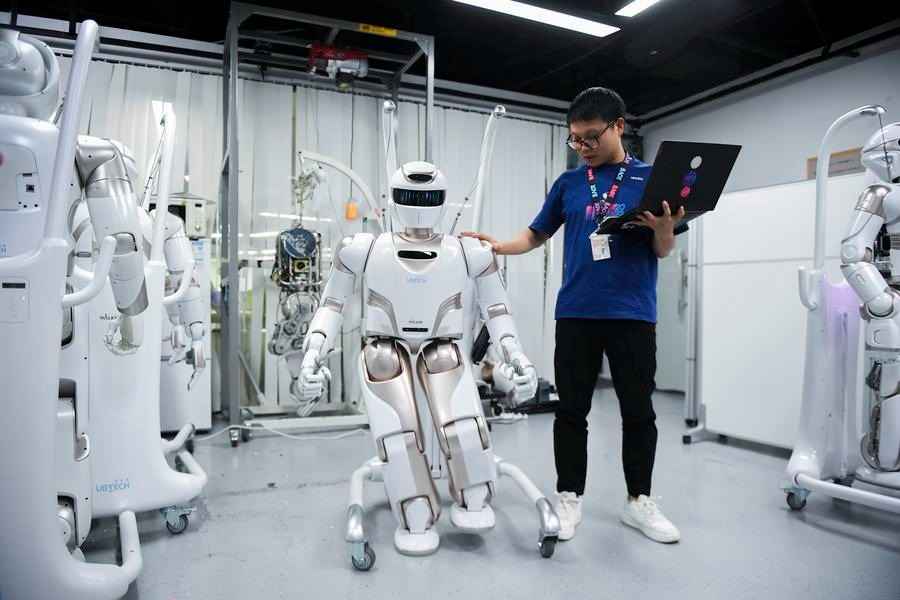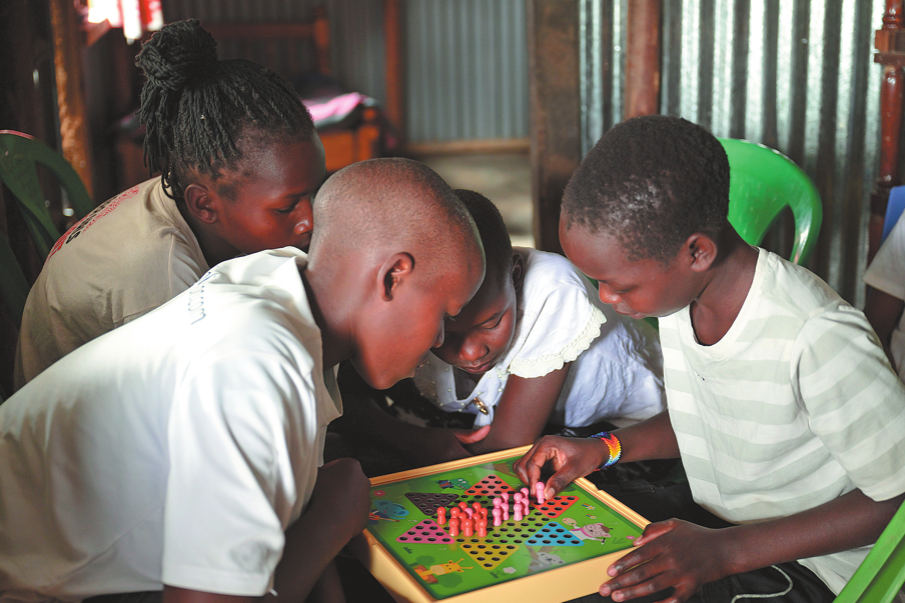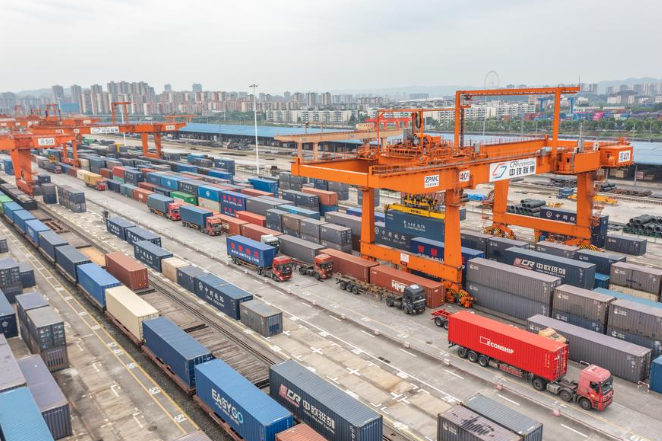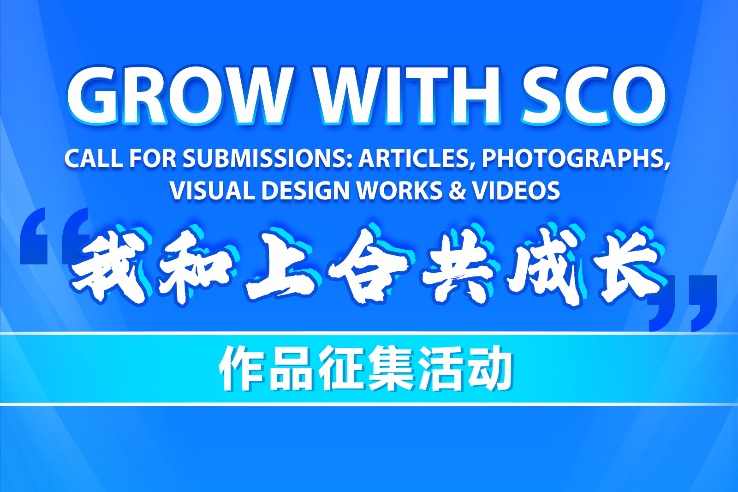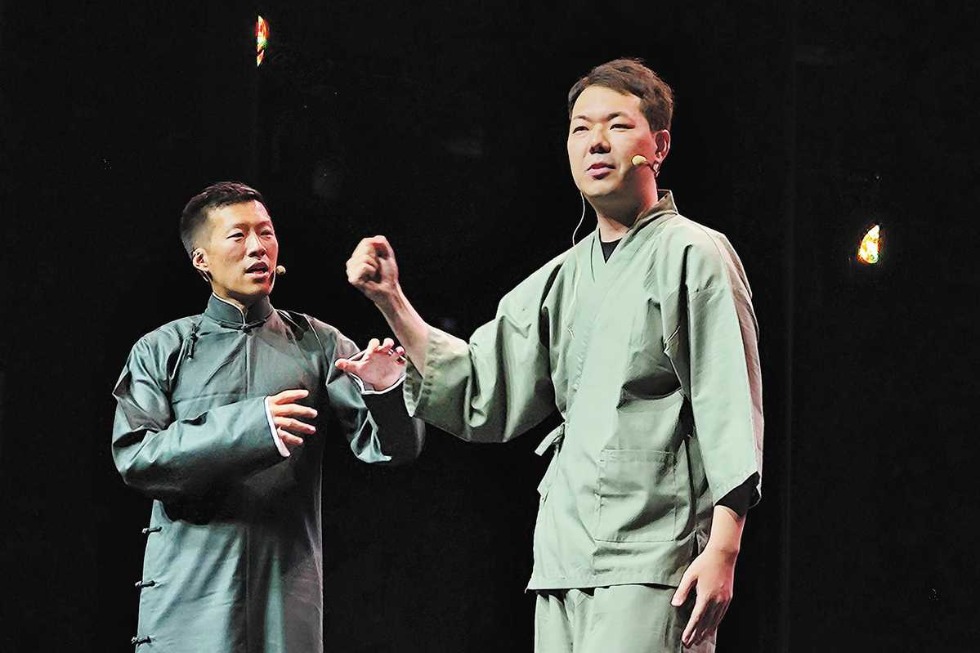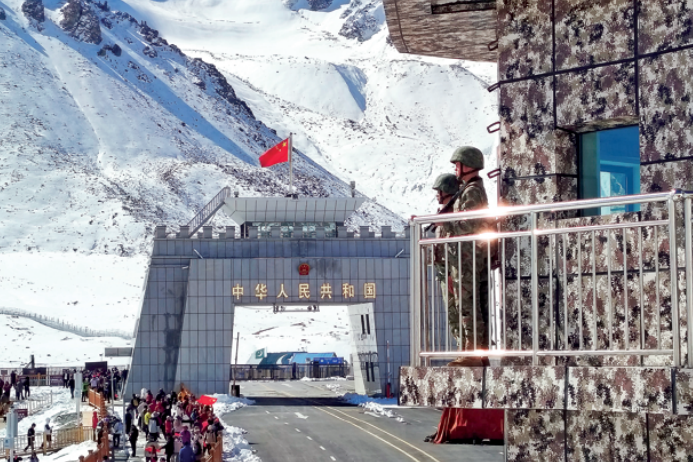China's economic security growth model highlighted


China's economic transition is now focused on coupling high-quality development with high-level security.
This shift is fueling resilient growth through greater technological self-reliance and a strengthened domestic demand base, noted experts at a recent Washington, DC, event.
"The overarching political guidance for China's economy now is to quote 'coordinate development and security'," said Yeling Tan, a professor of public policy at the University of Oxford and nonresident senior fellow at the Peterson Institute for International Economics.
Tan shared this insight during a virtual panel on Oct 8 hosted by the PIIE, where experts explored China's evolving development approach. The event was held against the backdrop of Beijing's intensified support for growth, with recent developments signaling strength.
The International Monetary Fund noted in a briefing last week that China's economy has shown robustness despite trade pressures, buoyed by fiscal measures in early 2025. The World Bank, on Oct 7, upgraded its 2025 forecast for China to 4.8 percent. Reuters reported in early October that China's "new economy "sectors are performing strongly.
Panelists highlighted how this approach, which Tan called the "economic security growth model", moves beyond export- or investment-driven labels. It centers on coordinating development and security through pillars of strategies and measures such as dual circulation, self-reliant high-tech innovation, and a toolkit for addressing foreign economic coercion.
Dual circulation takes the domestic market as the mainstay while letting internal and external markets boost each other.
"Trade statistics show that direct trade between China and the US and other advanced economies is plateauing," Tan said. "Trade with the rest of the world continues to increase."
The second pillar restructures toward self-reliant innovation insulated from geopolitical risks, involving a "whole-of-nation" push to fund science and technology domestically, link labs and universities, and unleash "new quality productive forces".
Fiscal allocations have risen steadily for education, science and technology from 2023 to the projected 2025, Tan said. "Education approvals for science and engineering programs reached nearly three-quarters by 2024, from about half in 2020. China's industrial robot adoption far exceeds global rates," Tan said, pointing out that different systems are moving in a clear direction: promising innovation-led growth.
The third pillar establishes export controls and regulations, enabling responses to "coercion".
China's AI strides also exemplify the approach's potential, closing gaps despite US curbs and fostering global benefits.
Martin Chorzempa, a senior fellow at PIIE, said US export controls on advanced AI chips failed to restrain Chinese computational power "as much as the US would have hoped".
US firms hold eight of the top 10 and 13 of the top 20 models, according to Artificial Analysis. But China secures six top-20 spots. "China is actually completely dominating the most capable models that are open," Chorzempa said. Companies like DeepSeek, Alibaba, Kimi and Zhipu AI garner massive downloads, including in Silicon Valley, where US firms use them for security or privacy, observers note.
The competition, to some extent, advantages the world. "The rest of the world then will be able to play the two off of each other and make sure that they have access to highly capable AI systems they can apply in their country," Chorzempa said.
Stanford's 2025 AI Index this month said China is narrowing performance gaps. The World Economic Forum in June deemed China's advances expected, given coordinated systems. SoftCircles blog spotlighted innovations like the DeepSeek-R1 AI model and Huawei's Ascend 910C chip.
Chorzempa said diffusion decides winners. "The real winners from those technologies are not who develops it first or who has the most capable technology at the very beginning, it's who actually diffuses and uses that throughout the economy," he said, mentioning that AI spreads faster than any prior technology.
yifanxu@chinadailyusa.com
















